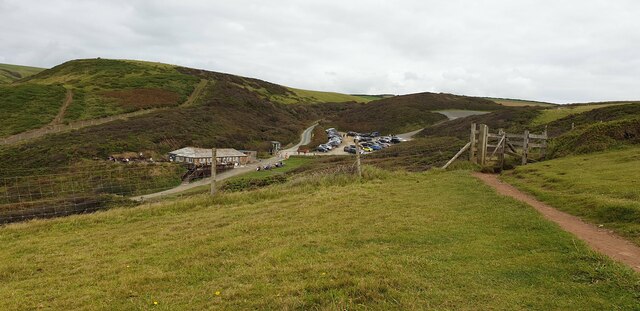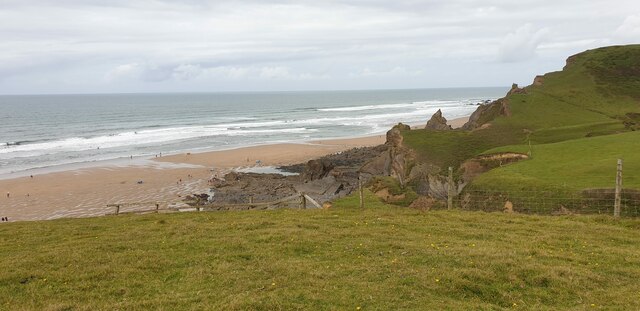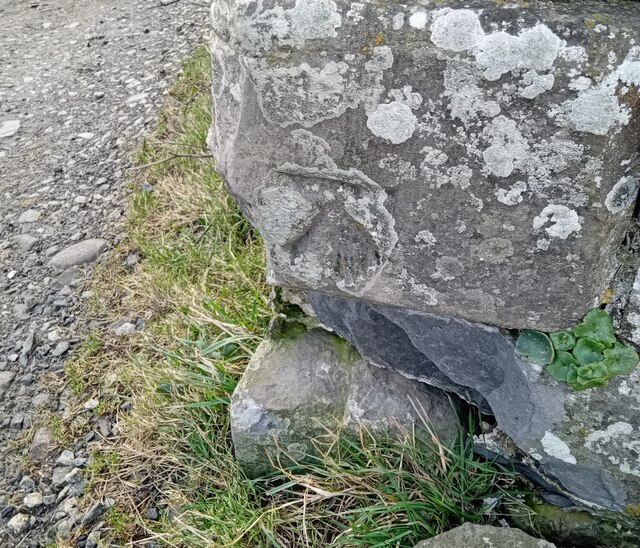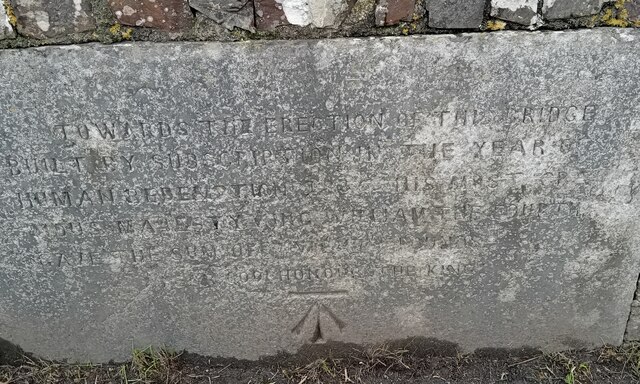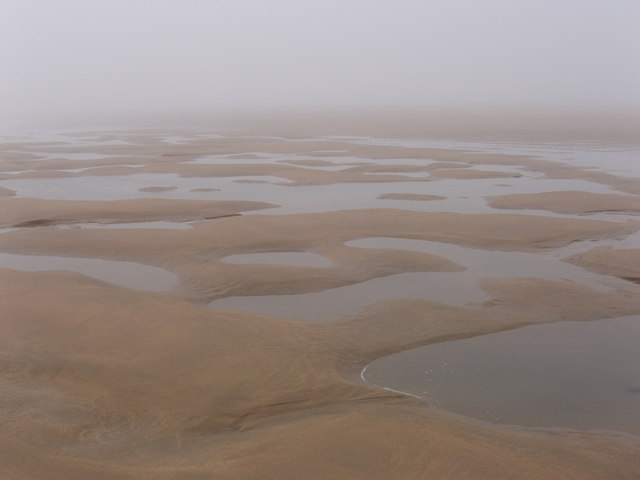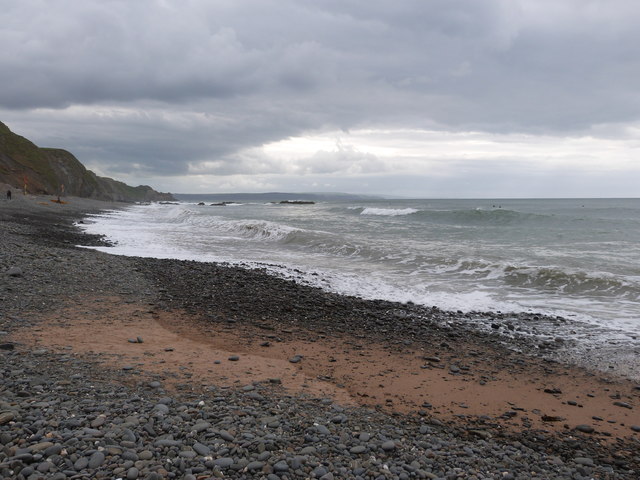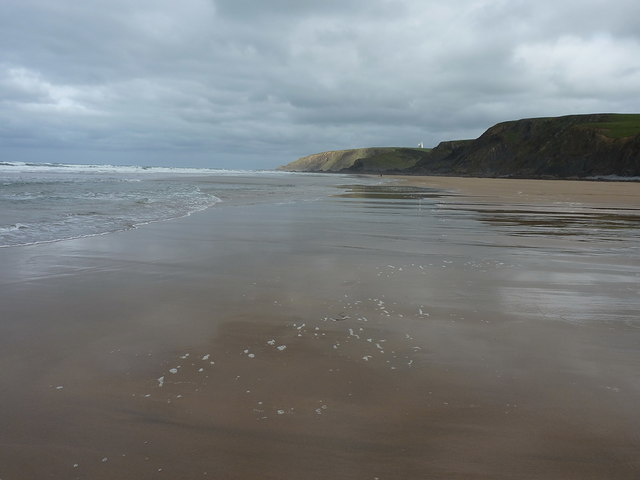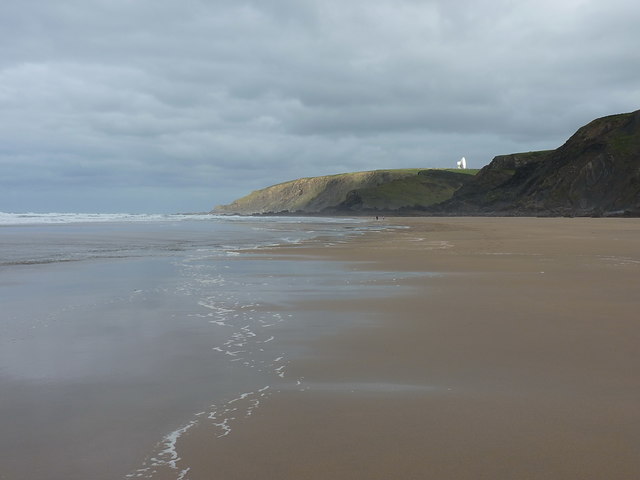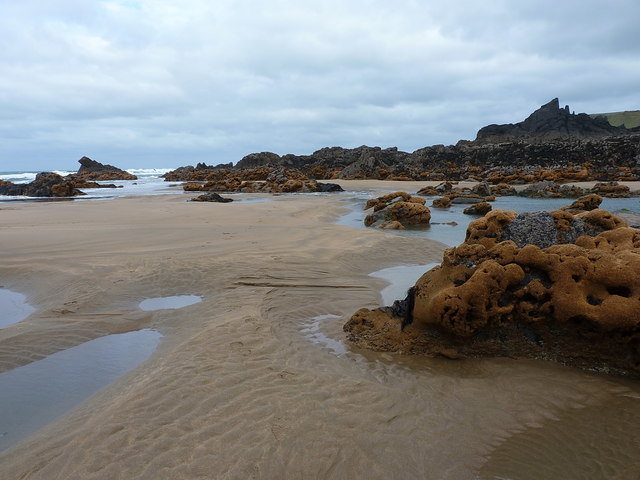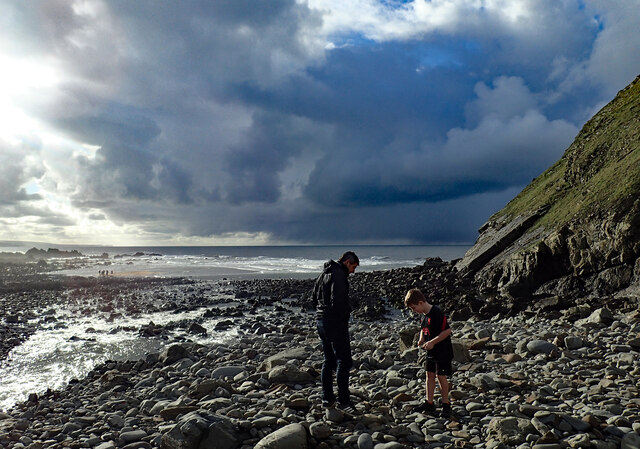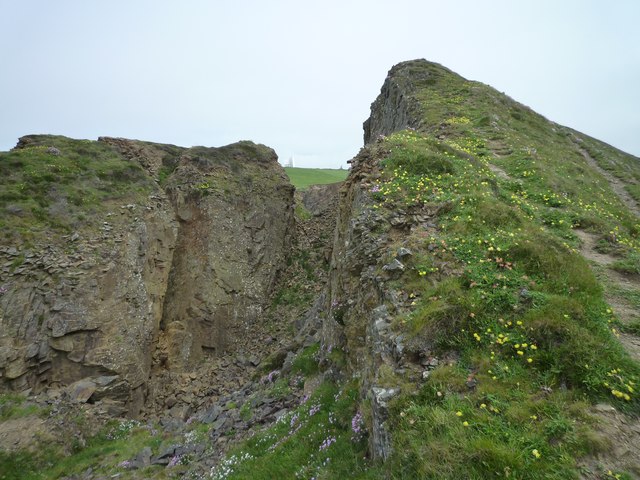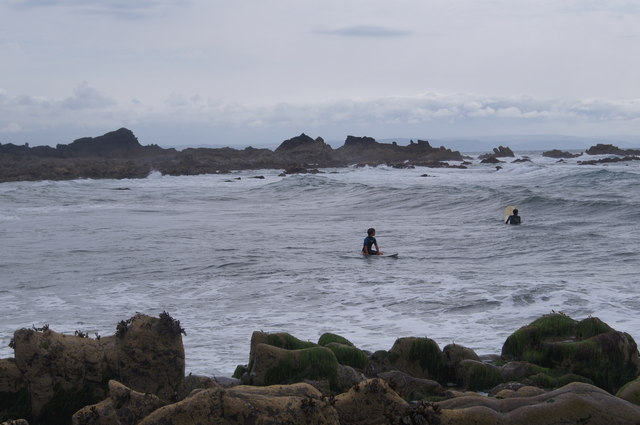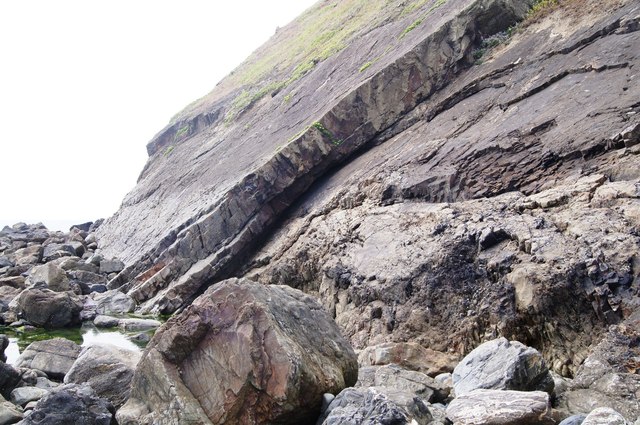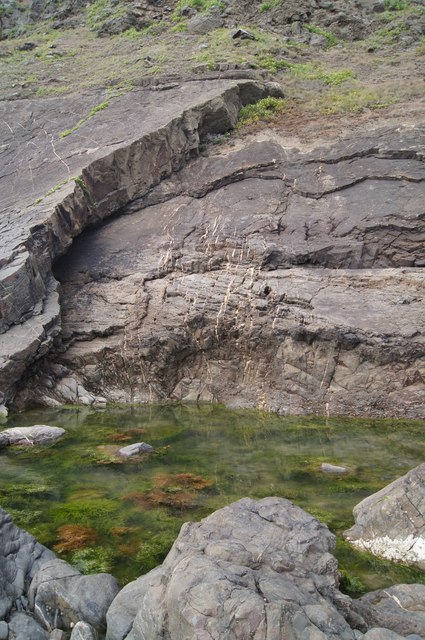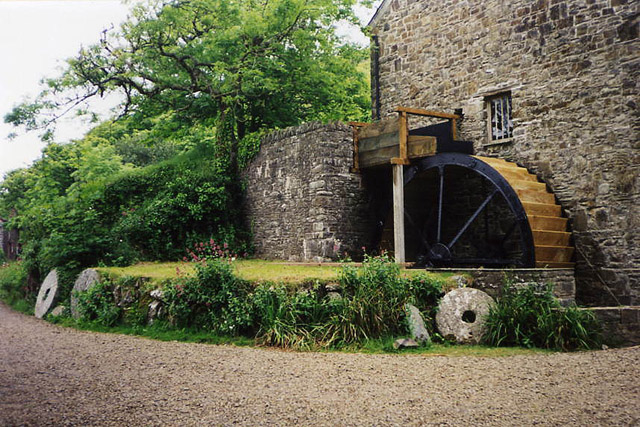Steeple Point
Coastal Feature, Headland, Point in Cornwall
England
Steeple Point
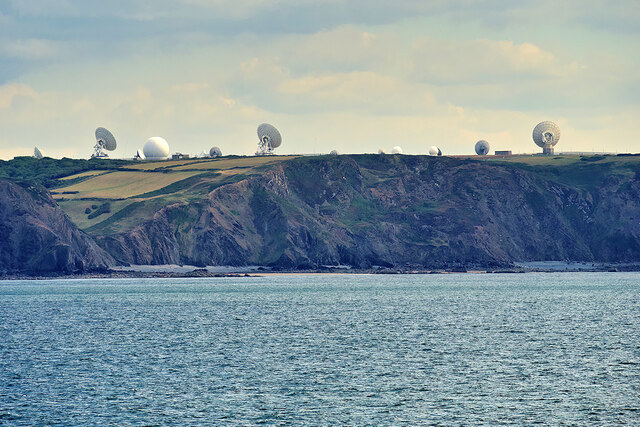
Steeple Point is a prominent coastal feature located in Cornwall, England. Situated on the southwestern coast of the county, it is a headland that juts out into the Celtic Sea. The point is named after the tall stone steeple that stands on its highest peak, giving it a distinctive and easily recognizable appearance.
The rugged cliffs of Steeple Point are composed of hard rock formations, primarily consisting of granite. These cliffs provide breathtaking panoramic views of the surrounding coastline, with the Atlantic Ocean stretching out towards the horizon. The area is known for its dramatic scenery and is a popular destination for hikers, photographers, and nature enthusiasts alike.
Steeple Point is also home to a diverse range of flora and fauna. The grassy slopes leading up to the cliffs are covered in wildflowers during the spring and summer months, attracting a variety of butterflies and other insects. The surrounding waters are teeming with marine life, making it a prime spot for fishing and birdwatching.
Due to its exposed location, Steeple Point is subject to the powerful forces of the ocean, and erosion has shaped its distinctive features over time. Visitors are advised to exercise caution when exploring the area, as the cliffs can be unstable and the currents in the waters surrounding the point can be strong.
Overall, Steeple Point offers a captivating combination of natural beauty, historical landmarks, and outdoor recreational opportunities, making it a must-visit destination for anyone exploring the breathtaking coast of Cornwall.
If you have any feedback on the listing, please let us know in the comments section below.
Steeple Point Images
Images are sourced within 2km of 50.876405/-4.5619089 or Grid Reference SS1911. Thanks to Geograph Open Source API. All images are credited.

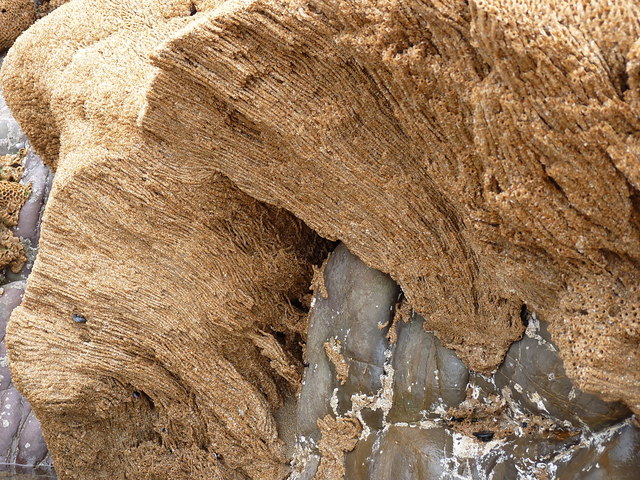
Steeple Point is located at Grid Ref: SS1911 (Lat: 50.876405, Lng: -4.5619089)
Unitary Authority: Cornwall
Police Authority: Devon and Cornwall
What 3 Words
///stilted.priced.underline. Near Flexbury, Cornwall
Nearby Locations
Related Wikis
Coombe, Morwenstow
Coombe (Cornish: Komm) is a hamlet in northeast Cornwall, England, United Kingdom. Combe is situated in the civil parish of Morwenstow three miles (5 km...
GCHQ Bude
GCHQ Bude, also known as GCHQ Composite Signals Organisation Station Morwenstow, abbreviated to GCHQ CSO Morwenstow, is a UK Government satellite ground...
RAF Cleave
RAF Cleave is a former Royal Air Force station located 4.2 miles (7 kilometres) north of Bude in Cornwall, United Kingdom, which was operational from 1939...
Stowe, Kilkhampton
Stowe House in the parish of Kilkhampton in Cornwall, England, UK, was a mansion built in 1679 by John Grenville, 1st Earl of Bath (1628–1701) and demolished...
Nearby Amenities
Located within 500m of 50.876405,-4.5619089Have you been to Steeple Point?
Leave your review of Steeple Point below (or comments, questions and feedback).
